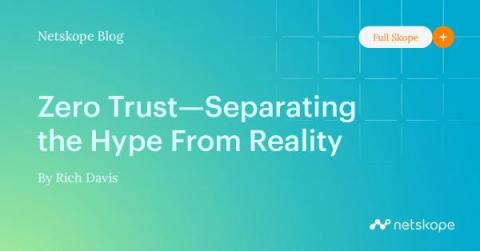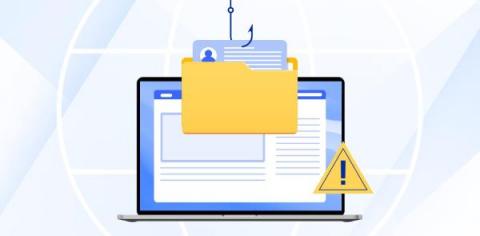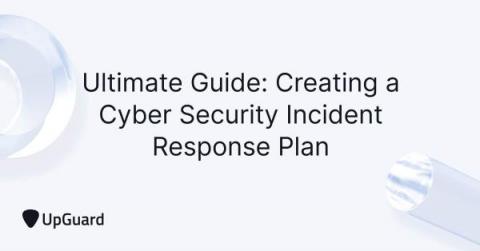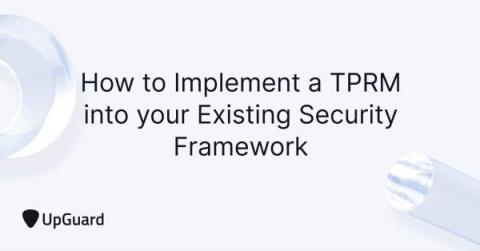The Importance of Continuous Security & Compliance in SaaS Environments
We’re living in the era of “giga-breach,” where cloud data breaches can easily expose in excess of one billion records. As such, the stakes couldn’t be higher for cloud security teams seeking to secure cloud environments. That’s why it’s important to understand the key vectors driving data breaches today. Read on to learn more, or click the thumbnail below to join our upcoming webinar, where we’ll discuss these trends in detail.











